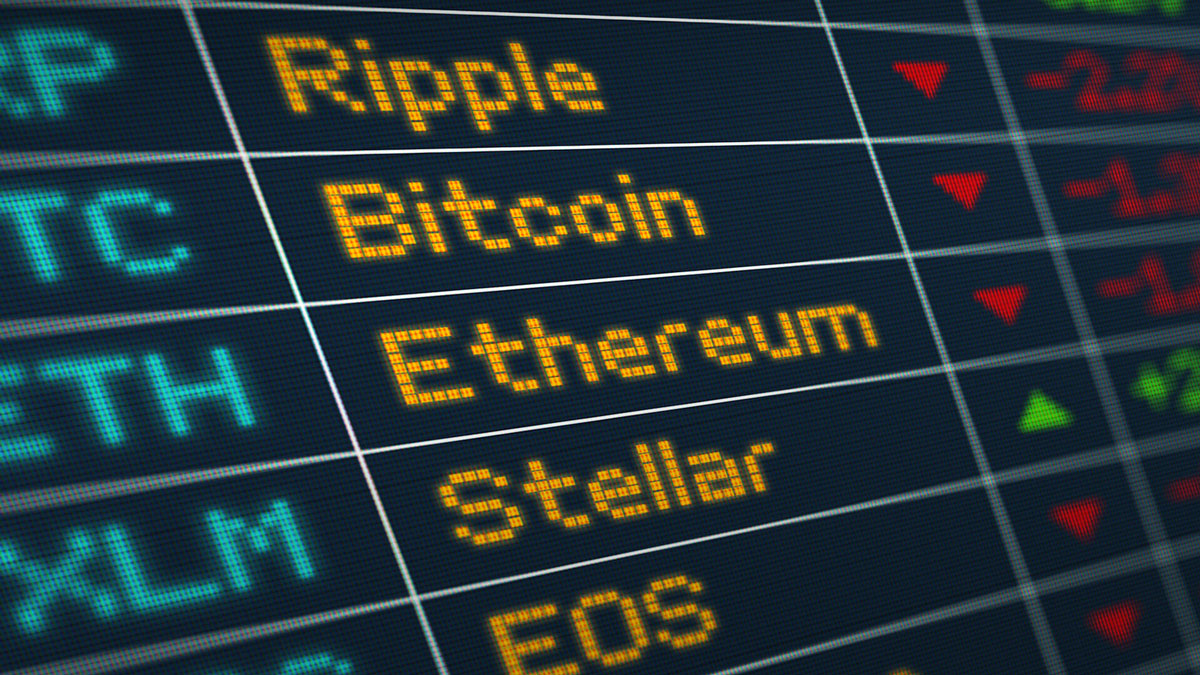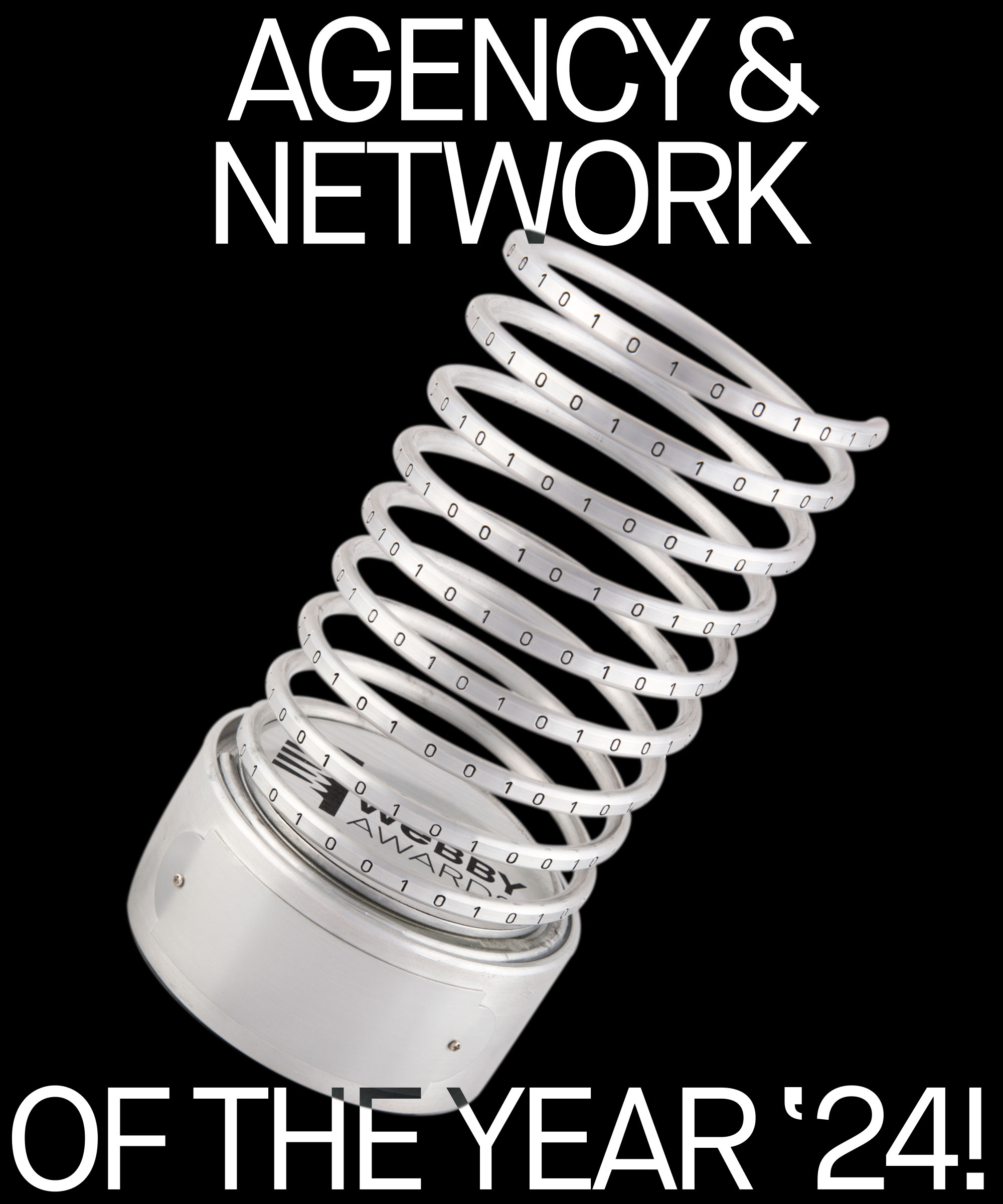You know who doesn’t care about the price of Bitcoin? The blockchain. It just keeps running, and it will keep doing that.

Is crypto dead?
Nope! It’s just less noisy right now.
What’s interesting about all this web3 tech is that the utility of it has nothing to do with the price of a cryptocurrency.
Since web3 is all about exchange of value, it’s no wonder everyone has been so caught up in the dollar signs. We’re seeing the classic Gartner Hype Cycle right before our eyes.
The technology trigger was NFTs and NBA Top Shot’s success: a familiar brand, and over $1B in sales to date. NFTs were “new” and a little confusing, which led to rampant exuberance and hypebeasts exclaiming “web3 is going to change everything!”
It will not change everything. It will give all of us a way to exchange items of value in a “trustless” way (ie no middleman).
This is a good reminder that if you have a product that does, or will run on the blockchain, the price of a given coin is typically inconsequential. Since the advent of stablecoins this is especially true, despite the collapse of the so-called stablecoin TerraUSD (UST).
Initially, stablecoins provided the necessary bridge between our traditional government-backed fiat money system and the crypto markets.
That bridge was widened further thanks to the ability to easily leverage web3 technologies. However, like the rest of the crypto ecosystem, stablecoins have not been excluded from controversy.
Before we explore the utility of stablecoins it is important to first understand what stablecoins are, how to avoid future collapses, and coins such as UST.
What are stablecoins?
As the name implies, stablecoins are cryptocurrencies that are “pegged” to stable assets in our traditional banking system, typically the US dollar (USD).
Circle’s USD coin (USDC) is perhaps the easiest way to understand this concept.
As a user, I can deposit dollars from my traditional bank into my Circle account and “mint” USDC coins in the same quantity. Simply put, if I deposit $100 I will receive 100 USDC. This would increase the total supply of USDC by 100 coins. If I then withdraw 100 USDC, Circle would “burn” 100 coins, decreasing the total supply by 100 coins.
Circle holds the USD I deposited in their accounts as a mix of fiat (dollars) and traditional treasury bills, thus ensuring that each USDC coin is backed by a US currency.
Are all stablecoins equal?
While the intention is yes, the real answer is no.
There are three types of stablecoins
– Fiat-backed stablecoin (USDC)
– Overcollateralised algorithmic stablecoins (DAI)
– Undercollateralised algorithmic stablecoins (UST)
The recent collapse of UST has proven that undercollateralised algorithmic stablecoins do not work and should be avoided.
For many investors, there are potential scenarios where an overcollateralised algorithmic stablecoin may make sense, but for our clients, we highly recommend working with USDC. It is routinely audited, negating any concerns about a potential collapse or fraud being involved.
USDT is still the largest by market cap, but there are enough open questions that we recommend avoiding it and focusing on USDC.
What is the utility of stablecoins?
Now that we have dollars represented on the blockchain(s) there are some interesting things we can start doing.
The initial demand for this type of coin was that traders wanted to be able to move in and out of cryptocurrencies without having to pull their money out of our traditional banking system, an admittedly slow process.
For example, if a trader wanted to exit their position on a Saturday afternoon, they now had the ability to do so while still keeping their funds on the blockchain.
However, the utility of stablecoins goes way beyond simply assisting traders. For citizens living in countries with unstable currencies, stablecoins suddenly provided them with an accessible and stable way to store their money without having to worry about volatility.
For instance, the stablecoin DAI is extremely popular in Argentina, a country notorious for hyperinflation, as it provides Argentines a great way to safeguard their savings.
Circle’s USDC stablecoin is a good option to bridge the gap between web 2.0 and web 3.0. And, open-source platforms exist that allow brands to treat NFTs very similarly to the way they treat any other product they would sell online.
Specifically, brands can price their NFTs in USD, accept credit cards, and because payments are converted to USDC a whole new world of possibilities is opened up. For instance, brands can implement smart contracts that ensure a royalty is paid to the original owner of an NFT regardless of where that NFT is sold.
This is something that would be impossible to implement in our traditional banking system without involving an expensive and inefficient legal process to ensure that royalties were enforced.
Don’t be discouraged
If you have an interesting idea for a project or product in the crypto space, do not be discouraged by the recent decline in prices.
This is not the first crypto winter, and it surely will not be the last.
The underlying blockchain(s) will continue to run oblivious to the price. And importantly, fully backed stablecoins are an excellent way to capture the benefits of blockchain technology without the volatility risk.
More Insights?
View all InsightsQuestions?
Global SVP, Engineering & Technology




